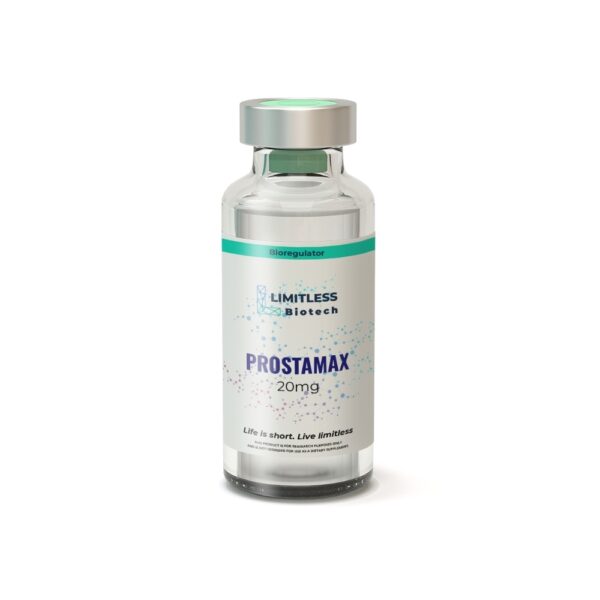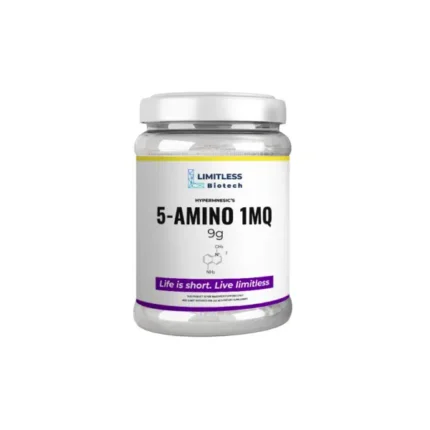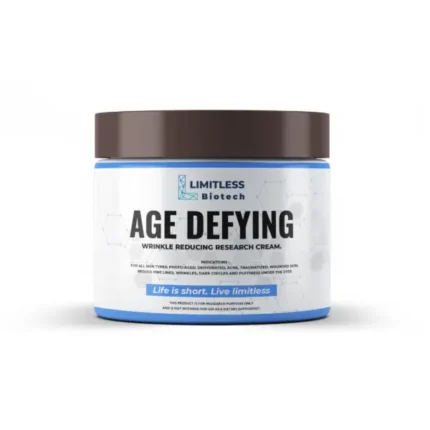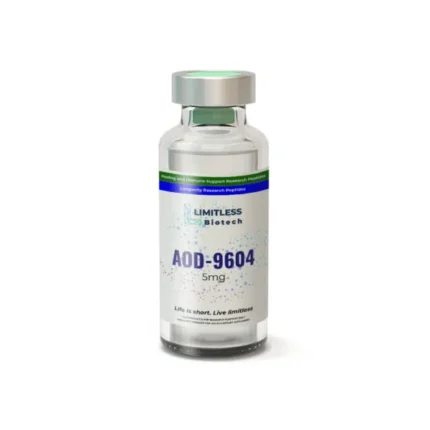Prostamax (Lys-Glu-Asp-Pro) Research
Laboratory studies have shown Prostamax’s capacity to modulate inflammatory responses, reduce tissue scarring, and support reparative processes in prostate cell cultures. Its mechanism involves targeted interaction with cellular receptors, making it ideal for researchers studying peptide-mediated tissue repair, anti-inflammatory signaling, and cellular longevity pathways.
Summary Table: Key Findings on Prostamax
| Effect/Outcome |
Evidence/Description |
| Chromatin decondensation |
Increases SCE, Ag-NORs, reduces heterochromatin; releases repressed genes in aging cells |
| Anti-inflammatory in prostatitis |
Reduces inflammation, prevents sclerosis/atrophy, enhances sexual activity, superior to comparators |
| Reparative tissue stimulation |
Stimulates repair in prostate tissue cultures from young and old rats |
| Chromatin remodeling in elderly |
Activates ribosome genes, decondenses chromatin, especially in chromosome 1 |
Chromatin Modification
Prostamax alters chromatin structure in cells from elderly individuals by increasing the frequency of sister chromatid exchanges and Ag-positive nucleolar organizer regions (NORs), while reducing large segments of pericentromeric heterochromatin[1].
These changes suggest Prostamax promotes chromatin decondensation and deheterochromatinization, potentially reactivating genes that are repressed during aging. This chromatin modification is proposed as the basis for Prostamax’s protective cellular effects[1].
Therapeutic Effects in Chronic Prostatitis
Experimental studies demonstrate that Prostamax is effective in treating chronic aseptic prostatitis. It reduces inflammation markers such as swelling, vascular hyperemia, and lymphoid infiltration, and prevents sclerotic and atrophic changes in the prostate[2].
Prostamax is also shown to enhance sexual activity in animal models and outperforms commonly used prostatotropic agents derived from Serenoa repens and animal prostate extracts[2].
At low concentrations, Prostamax may also promote tissue repair in the prostate, suggesting potential clinical applications for age-related tissue degeneration[3].
Comparative Effects with Other Peptides
In studies involving elderly subjects, Prostamax and other short peptides (Vilon, Epitalon, Livagen, Cortagen) activate ribosome genes, decondense densely packed chromatin, and release genes repressed by age-specific chromatin condensation. Prostamax specifically induces decondensation in chromosome 1 pericentromeric regions, highlighting its role in chromatin remodeling in senile cells[4].
References
- Dzhokhadze, T., Buadze, T., Gaiozishvili, M., Baratashvili, N., & Lezhava, T. (2012). [Deheterochromatinization of the chromatin in old age induced by oligopeptide bioregulator (Lys-Glu-Asp-Pro)].. Georgian medical news, 212, 76-82.
- Borovskaya, T., Pakhomova, A., Vychuzhanina, A., Poluektova, M., Fomina, T., Ermolaeva, L., Schemerova, J., Granstrem, O., & Neplochov, E. (2013). Experimental studying of the drug efficiency Prostamax in the therapy of chronic aseptic prostatitis and its complications. , 2, 54-58. https://doi.org/10.4236/MRI.2013.23007.
- Zakutskii, A., Chalisova, N., Ryzhak, G., Aniskina, A., Filippov, S., & Zeziulin, P. (2006). [The tissue-specific effect of synthetic peptides-biologic regulators in organotypic tissues culture in young and old rats].. Advances in gerontology = Uspekhi gerontologii, 19, 93-6.
- Khavinson, V., Lezhava, T., & Malinin, V. (2004). Effects of Short Peptides on Lymphocyte Chromatin in Senile Subjects. Bulletin of Experimental Biology and Medicine, 137, 78-81. https://doi.org/10.1023/B:BEBM.0000024393.40560.05.












Reviews
There are no reviews yet.